Sunday’s Classic / What’s Correct Left or Right Hand Retrieve?
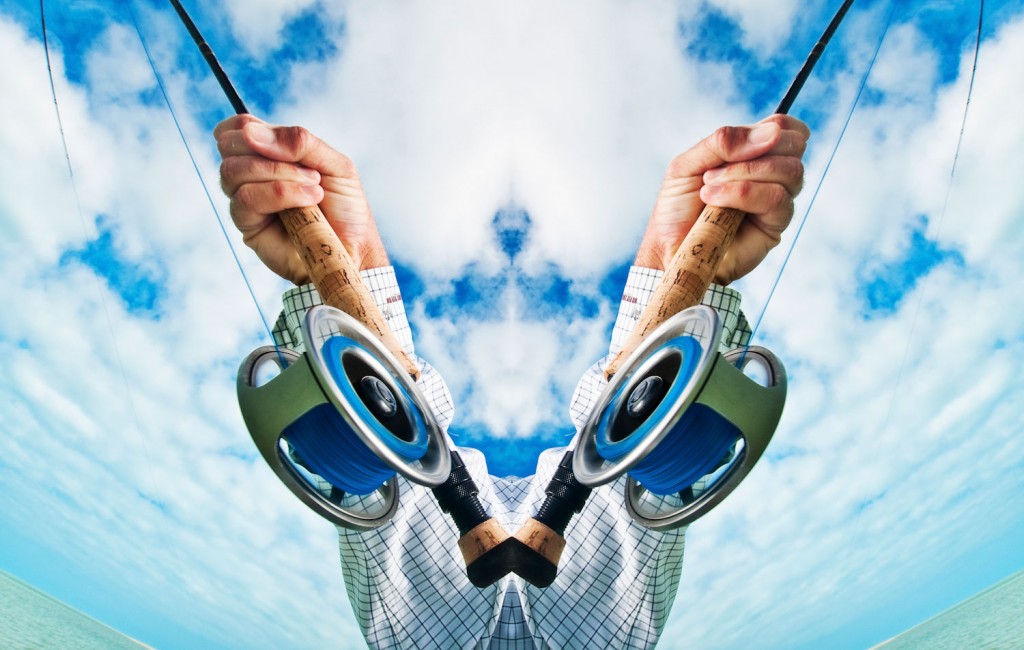
I cast right handed so I should reel with my left hand right? Ask a saltwater guide and 95% of them will tell you the correct way is to always reel with your dominant hand. Ask a trout fisherman and most will say you should reel with the hand opposite your casting hand, because that way you don’t have to switch hands in the middle of fighting a fish to reel. I could go on and on arguing for both sides actually, but I think in the end it’s really a matter of personal preference.
Read More »Saturday Shoutout / Midtown Fly and Silo4

This week I’ve picked out a good read and a great video trailer I’d like everyone to check out today. Let us know what you all think and may all of you have a great weekend. As always, thanks for supporting Gink & Gasoline, you guys and gals rock.
Read More »Soul River Runs Deep

I used to think I was drawn to fly fishing entirely because I loved the challenge and the rewards that came from my catches. But as time’s passed, and my wisdom has grown, I now view fly fishing and its purpose in my life completely different. I think Herber Hoover hit the nail on the head when he said, “To go fishing is the chance to wash one’s soul with pure air. It brings meekness and inspiration, reduces our egoism, soothes our troubles and shames our wickedness. It is discipline in the equality of men–for all men are equal before fish.” Soul River Runs Deep, LLC has taken Herbet Hoover’s words and put them into action.
Read More »Ronnie Hall’s Floating Baetis Nymph
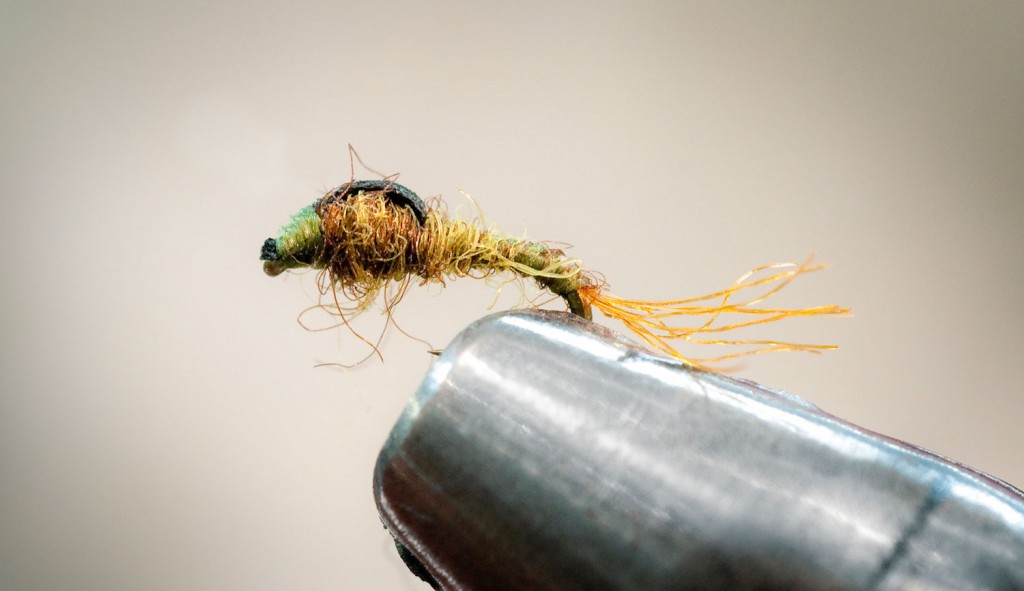
When it’s time to get technical, he’s your man. Ronnie’s flies have been honed from decades of guiding. They are as elegant as they are effective. Beautifully proportioned and deadly simple, with carefully chosen materials.
Watch the video to see Ronnie tie the Floating Baetis Nymph
Read More »Outboard Jet Boating 101- Safety & Maintenance
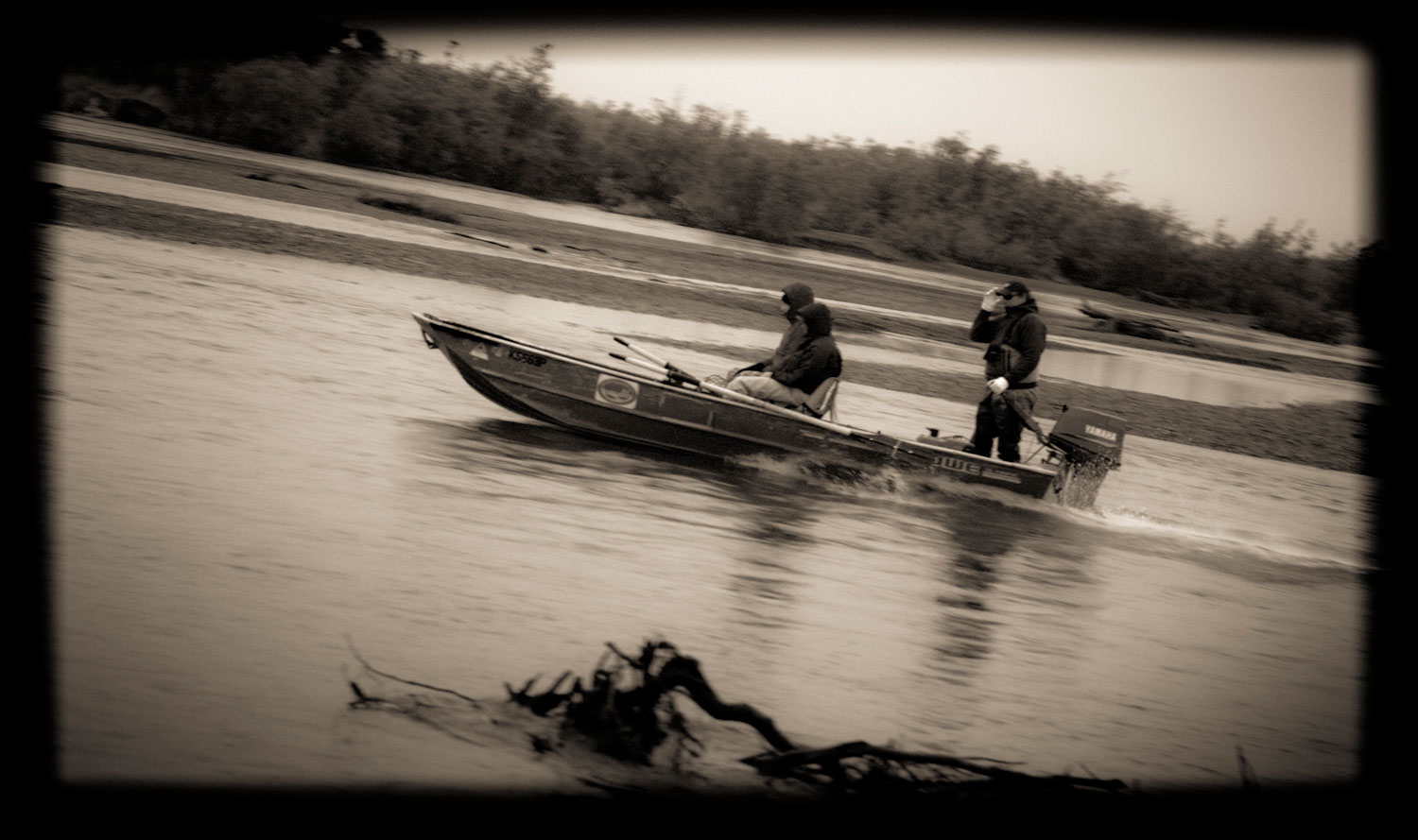
Every year I see more and more outboard jet boats on the water.
I can’t say it really surprises me though, I totally get why anglers are drawn to them. In my opinion, jet sleds are one of the coolest boats anyone can drive or fish out of. They can run in just about any kind of water, they offer anglers the ability to re-run and fish sections of water at the drop of a hat, and they are quite affordable and easy to drive. A lot of guys these days are dropping coin and converting their two and four stroke outboard props to jets. It can be done fairly easy if you are mechanically inclined and can follow directions. There’s also quite a few first-time boat purchasers out there that have chosen to go the jet motor route and many more anglers presently riding the fence, about to pull the trigger.
Problem is, the majority of the salespeople selling these jet motors don’t regularly provide the buyer with the most important piece of the puzzle; common sense jet boating safety guidelines and troubleshooting on the water. Any veteran outboard jet boat owner will tell you it’s only a matter of time until you screw up and have an accident on the water or have engine mechanical problems. Understanding how to run safely and perform on-the-water maintenance is critical if you want to avoid accidents, bodily injury and consistently bring your jet boat back to trailer in tip top shape.
My goal for this post is to provide a jet boating 101 quick read, for those anglers out there who have recently purchased a jet outboard or for those considering purchasing one in the near future. My hopes is that it will keep some of you from making some of the same rookie mistakes I did, and you’ll learn how important it is to be prepared and drive safely when running jet outboards. Below are some things I’ve learned from my time running a jet sled in Alaska, but most of the information I learned, came from hanging out with veterans that run jets every day. I’ll attempt to give you the meat and potatoes but I’m depending on the followers of G&G that are the experts on this subject to voice their thoughts.
PRE-TRIP EQUIPMENT & BACK-UP GEAR CHECK
It’s important that you’re religious about doing a thorough pre-trip boat equipment check before you head out on the water each trip with your jet sled. You should always take the time to look over the motor to make sure everything is in proper working order. If you have a 2-stroke motor, make sure you have filled your oil reservoir, check to make sure the fuel lines are connected snugly to your motor and running gas can, grease your motor to push out any water in the engine and check to make sure your foot is clear of any debris. Visually check and touch your main nuts and bolts to confirm they are tight. They can loosen up from gravel road trailering and during use. Last, check to make sure you have your anchor and tool box.
BACKUP GEAR & SAFETY EQUIPMENT
Don’t even think about making your first trip out with your new jet boat until you have acquired critical backup gear/and maintenance equipment. We all want to keep our boat light as possible so it performs at it’s best, but it’s far more important you have the back up gear on hand in case you run into any problems on the water. Doing so, you’ll avoid finding yourself stranded out on the water. Below is a recommended backup gear list all jet boat operators should have on board with them at all times.
1. SMALL BACKUP RUNNING CAN OF GAS
I’ll never forget the time I got stranded in Alaska out in the middle of Lake Aleknagik in nasty weather for four hours, because I failed to pack a secondary gas supply on board the boat. All it takes is a little water in your gas and it can keep your motor from running properly or even starting. Contaminated fuel is a common cause for boaters getting stranded, particularly when boaters are out on multi-day trips, and running cans are out in the elements. Top your fuel off after trips if you can, and always carry a small running can with fresh fuel in case you need it.
2. ALWAYS PACK EXTRA OIL IF YOU’RE RUNNING A 2-STROKE MOTOR
If you have a two-stroke motor you should always have extra oil on board with you at all times. Oil is just as important as having back up fuel. Without it you’re 2-stroke motor can’t run and you’ll be up a creek without a paddle. I was just out the other day with a friend
Read More »Getting Sharper Photos In Low Light
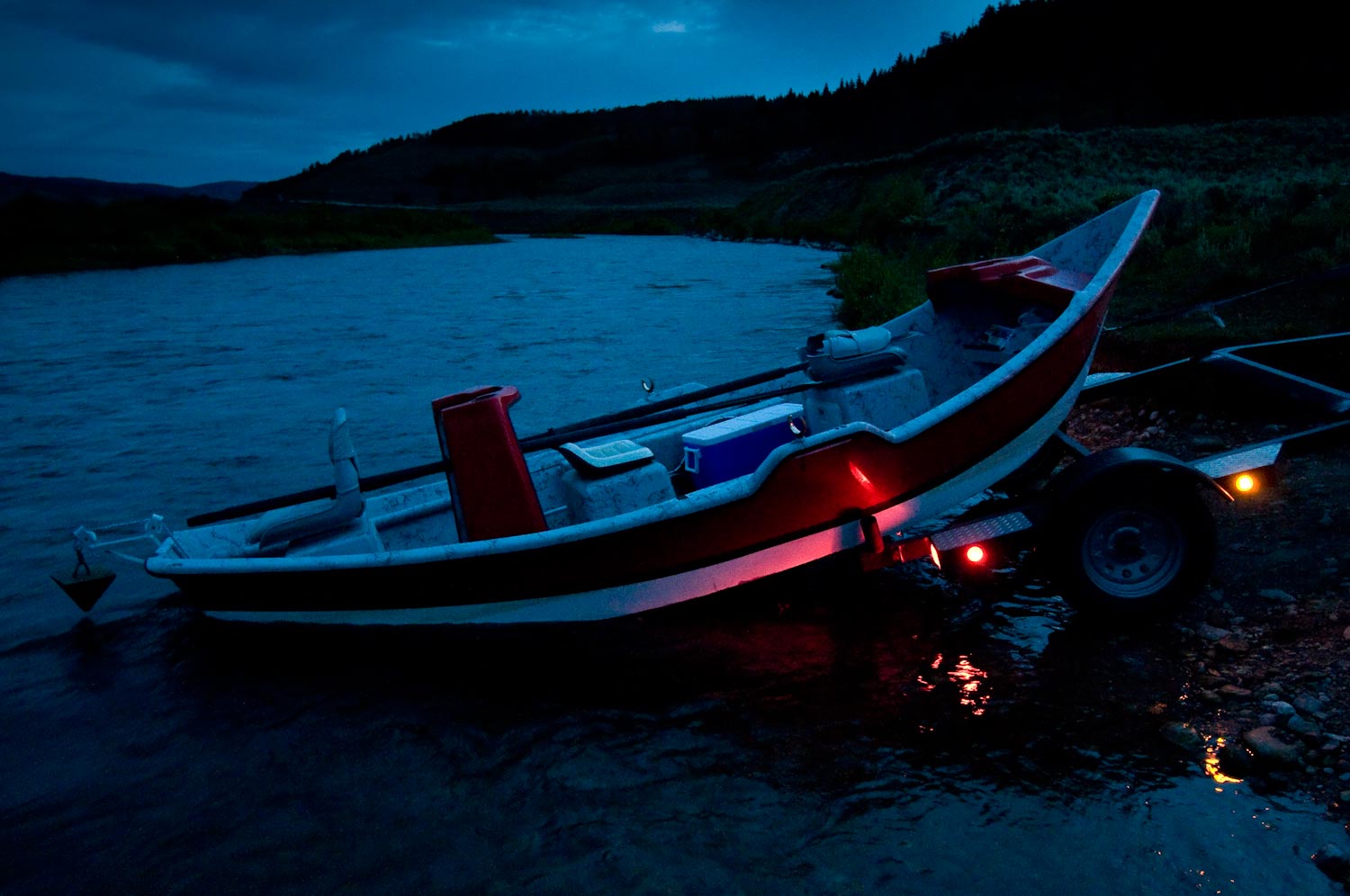
IT’S NO COINCIDENCE THAT WHEN THE LIGHT GETS PRETTY, IT ALSO GETS LOWER.
That is to say that like low water, there just isn’t much of it. Those early morning and late evening shots are beautiful but challenging. Low light means slow shutter speeds and, all too often, blurred photos. Here are some tricks I use to help beat the blur.
Check your ISO
Formerly known as ASA, the ISO setting on your camera adjusts the sensor’s sensitivity to light. Some cameras are capable of adjusting their own ISO. If yours is not, you will get better results by adjusting this setting for the existing light conditions. If you are in bright sun, a low ISO setting like 100-200 will give you sharper images with less noise. If you are in low light like dusk, a higher ISO like 400-800 will give you faster shutter speeds and minimize camera shake. Some high end DSLRs get good results as high as 3200. When you start using your ISO setting, it is important not to forget to readjust when conditions change. Eventually it will become second nature.
Use a fast aperture
The aperture, or F stop, controls how much light the lens allows into the camera. Faster, or wider, apertures (the ones with the lower numbers like 2.8) let in more light and allow higher shutter speeds. When light is low it’s best to select a faster aperture but be aware that your depth of field will be reduced. Pay close attention to your focus, you may have to choose what part of the scene you want tack sharp.
Get a good grip
The way you hold your fly rod effects you casting, right? The way you hold your camera matters too. Most people never stop to think about it but I remember being taught in school the proper grip for a camera. First off, all SLRs are right handed. If you’re left- handed, you will just have to get used to it. To properly support the camera, your left hand should be positioned palm-up and level and the camera — whether oriented horizontally or vertically — rests in your palm. Your left thumb and index finger curl up to the lens to operate zoom and focus features. Most cameras have an ergonomic grip on the right side that leaves your index finger ready for the shutter release, and thumb free for the adjustment wheel. Let the left hand support the weight of the camera. With large telephoto lenses it may be necessary to move your left hand forward under the lens for balance. With a good grip you will have a steadier camera and sharper photos. You will also be prepared to act fast when opportunity presents itself.
Know what you can hold
Hand holding a camera at slower shutter speeds is tricky and your lens choice makes a big difference in how slow you can go. Longer focal lengths require faster shutter speeds. Ever look through binoculars and notice how shaky the image is? The same thing is going on in your camera. Fortunately there is an easy rule of thumb to help you select a shutter speed. Look for the shutter speed with a denominator as close as possible to the focal length of your lens. So the average person can hand hold a 24mm lens at 1/30 of a second or a 300mm lens at 1/250 of a second or a 50mm lens at 1/60. These are averages, you may get by with a little more or less. Experience will tell you.
Get grounded
When you are trying to hold a camera steady you need a good stance. Be sure your footing is solid and relaxed. Don’t try to perch on rocks in fast current. When possible make three point contact by leaning against a tree or other stationary object. Kneeling can help too by taking your knees out of the equation. Don’t be afraid to
Sunday Classic / Summer’s Over
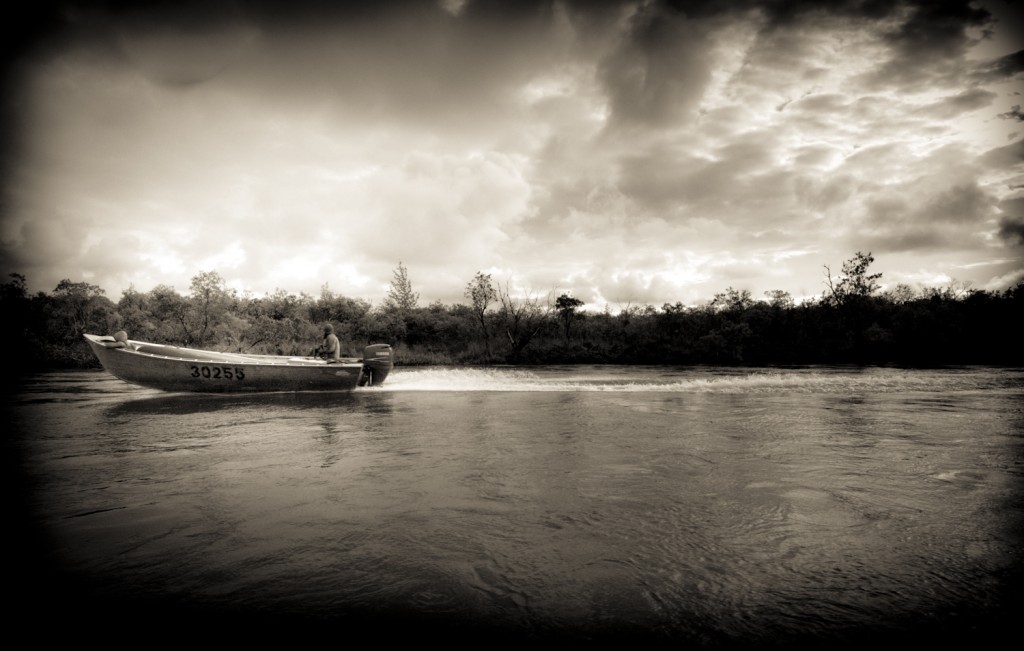
In August of 2010, at he end of a hectic and exhausting summer, I found myself in western Alaska for a week at the Alaska West Lodge. Frankly I was a little burned out. The weather, which can be a formidable challenge in Alaska, complicated my travel arrangements. From Anchorage I was still two bush planes a bus and a boat ride from the camp which rest on an island in the Kanektok river. I fully expected to be spent by the time I got there. I found quite the opposite. By the time I reached the camp I was recharged with excitement by the place. Western Alaska is quietly beautiful. The travel it’s self had been visceral. I recall flying low over deserted wetlands, looking down and identifying parts of an airplane on the ground below. I remember thinking, “yes, you are in the bush now”.
Read More »Saltwater Dos and Don’ts

THREE GREAT SALTWATER ARTICLES THIS WEEK.
Anglers Tonic talks with Flats God and possibly the nicest guy in fly fishing, Chico Fernandez about Fly Fishing for Permit. This is a must read!
Read More »Gullywash

It is no overstatement to say that tasty alcoholic beverages are an important part of Bahamian culture and I’m a firm believer in the old adage, “When in Rome do as the Romans do.”
With that in mind, whenever I’m in the Bahamas I try to get my hands on some of the delicious local treat called Gullywash.
I was first introduced to Gullywash by bonefish guide Tory Bevins. Tory showed up one night with a milk jug full of cloudy white liquid and to be honest, knowing Tory, I was a little apprehensive. After my second pull off the jug I was hooked!
We drank Gullywash all night and all I remember clearly is that I love it. It’s a concoction of coconut water, sweetened condensed milk, gin and whatever else you have. The recipe varies wildly depending on who makes it but it’s always tasty. It’s not as sweet as you would expect and the flavor does a good job of hiding the alcohol. Gullywash should be approached with respect.
On my last trip to South Andros Karen Forbes, one of the talented ladies from the kitchen at Andros South Lodge, agreed to make us a batch. Her recipe is a bit more polite than Tory’s. Karen only adds gin, where Tory uses gin, rum and vodka and she skips the raw egg that Tory claims puts lead in your pencil but the end product is wonderful. I’m certain we had a great night, even if the details are fuzzy.
WATCH THE VIDEO FOR KAREN’S RECIPE FOR GULLYWASH, WHICH SHE CALLS GIN AND COCONUT WATER.
Read More »Fly Fishing Gift Ideas 2012

Since there’s lots of us scrambling to find last minute Christmas gifts for our loved ones, we thought it would be helpful if we put together a list of our top fly fishing gift ideas for Xmas 2012. They’ve been categorized by price range to make your browsing quick and easy. That way you’re good to go if you’re looking for stocking stuffer ideas or that big ticket Xmas gift for that special person. We recommend emailing this post to those in need of Christmas gift ideas. Click on the product links to view the products and where to buy.
Read More »